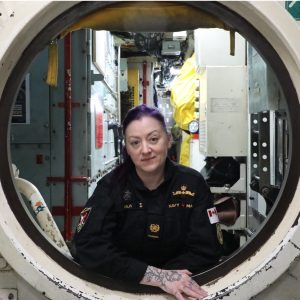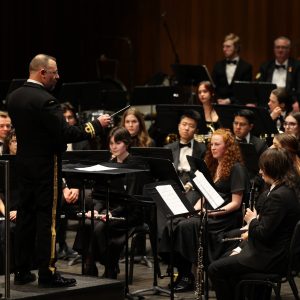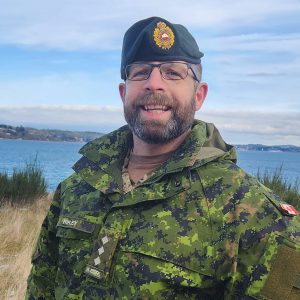
HMC Ships Protecteur and Algonquin bring Canadiana to Asia Pacific region
[caption id="attachment_4665" align="alignnone" width="300"] HMC Ships Protecteur and Algonquin are headed to the Asia Pacific Region for Westploy.[/caption] Warmer waters are in the future for HMCS Protecteur and Algonquin as they head south for Westploy. HMCS Protecteur left Monday for the strategic deployment that will see them working closely with the Royal Australian Navy (RAN) for its International Fleet Review, as well as strengthening relationships with other Pacific Rim nations and trade partners. HMCS Algonquin is expected to leave shortly. “It’s an opportunity for Canada to show its interest in and commitment to the whole of the Pacific Region,” says Cdr Todd Bonnar, Commanding Officer of Protecteur. “The region’s security challenges have been shown to have an effect on international commerce in the way of shipping routes and trade relationships. We’re doing our part to support that security.” Cdr Ryan Tettamanti, Commanding Officer of Algonquin, says this deployment is the kind of trip that entices people to join navy because of its many port visits. “Plus, we’ve got four months of uninterrupted sea time,” he says. “It gives the crew a lot of time to sign off on training packages, and to complete qualifications. It’s such a great environment of learning and progress.” The RAN’s International Fleet Review takes place from Oct. 3 to Oct. 11 in Sydney Harbour and will feature ships from more than 20 nations. The event is anticipated to host 40 warships and 20 tall ships to commemorate the 100th anniversary of the RAN fleet’s first entry into Sydney Harbour. “It’s a great way to show our support for our naval allies as well as maintain relations with navies all over the world,” says Cdr Bonnar. “It’s going to be a once in a lifetime event and the crew is very excited.” The Fleet Review is...


































